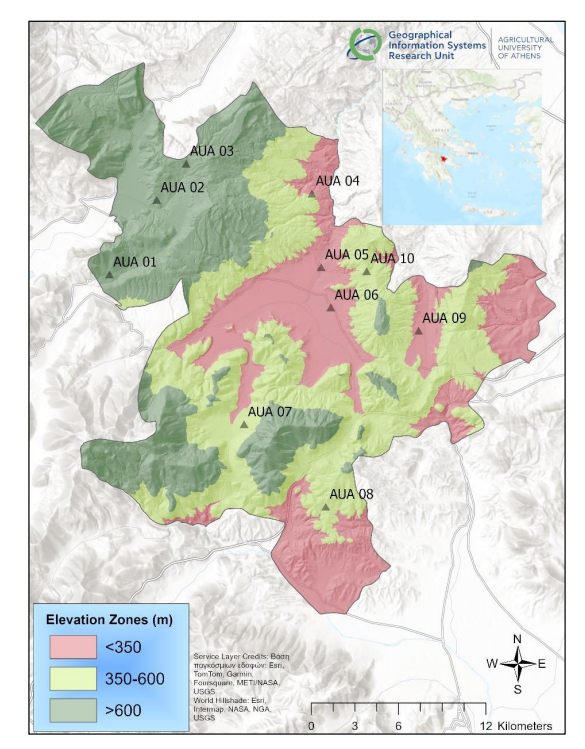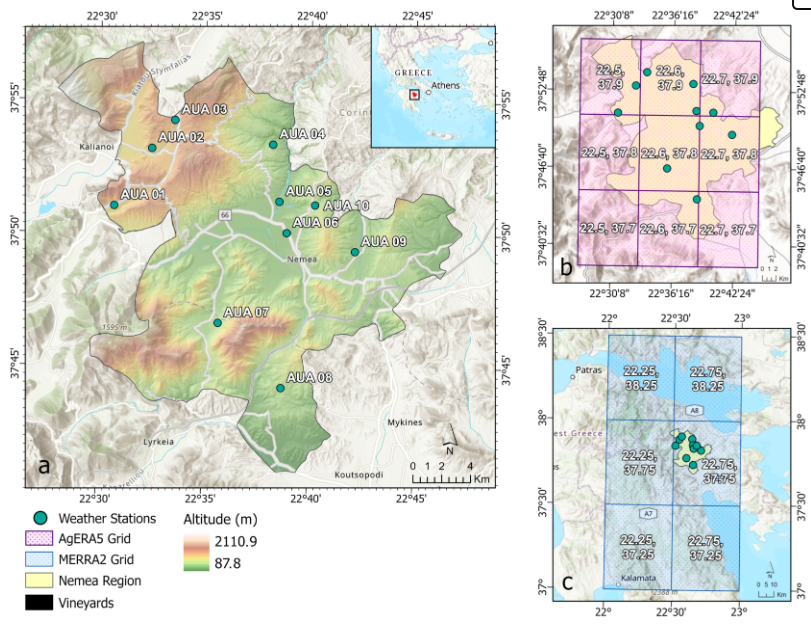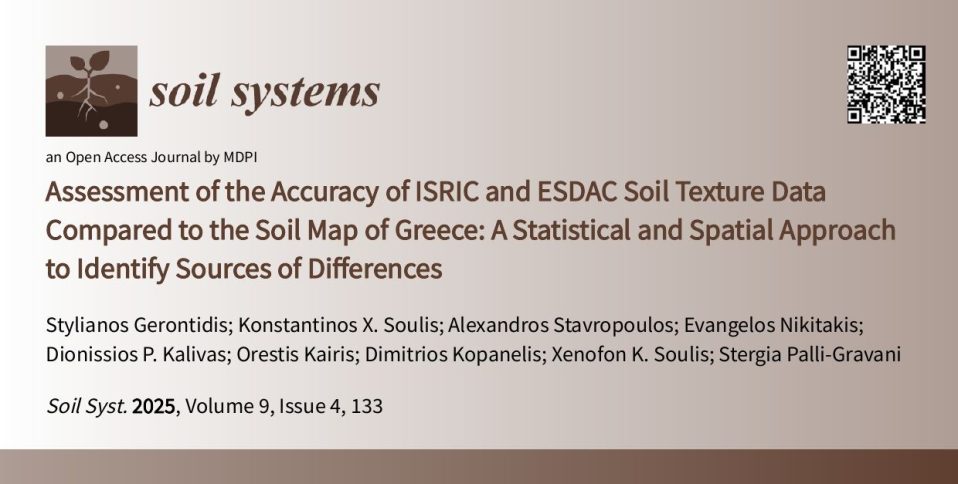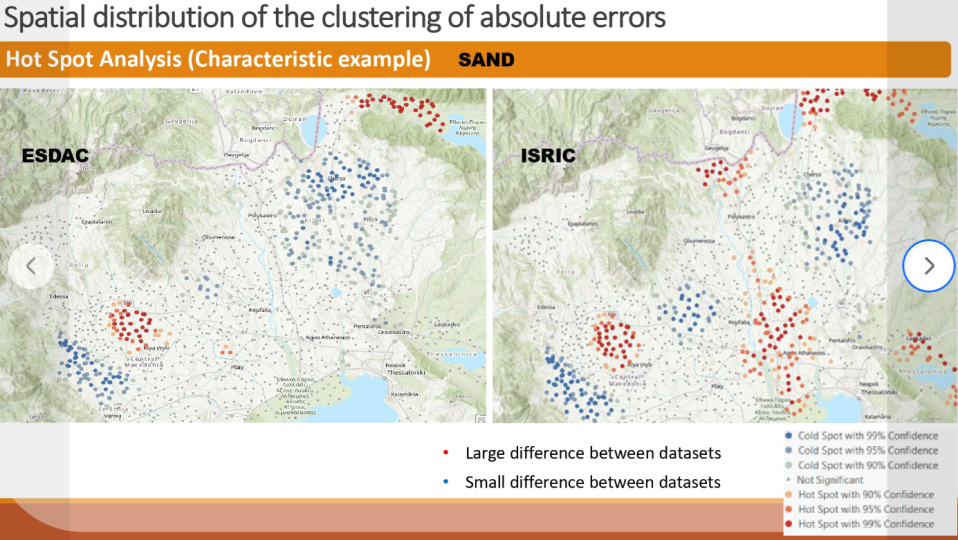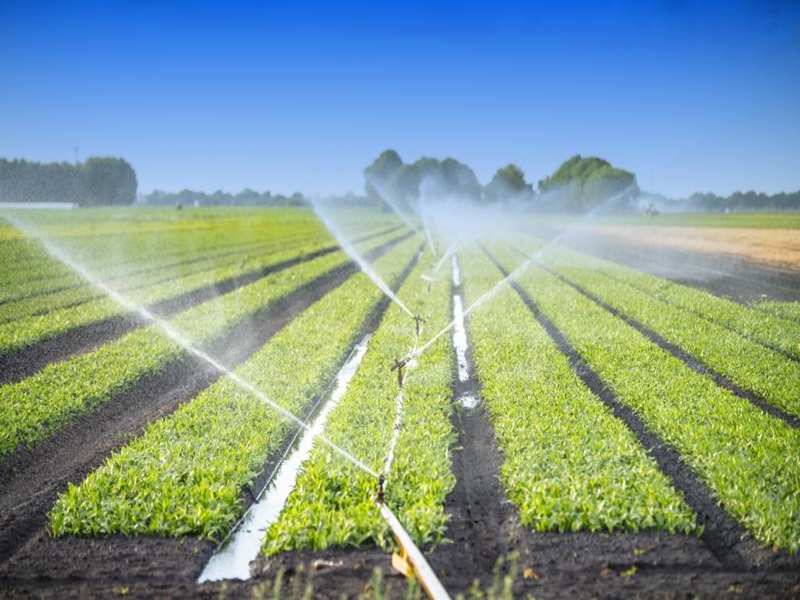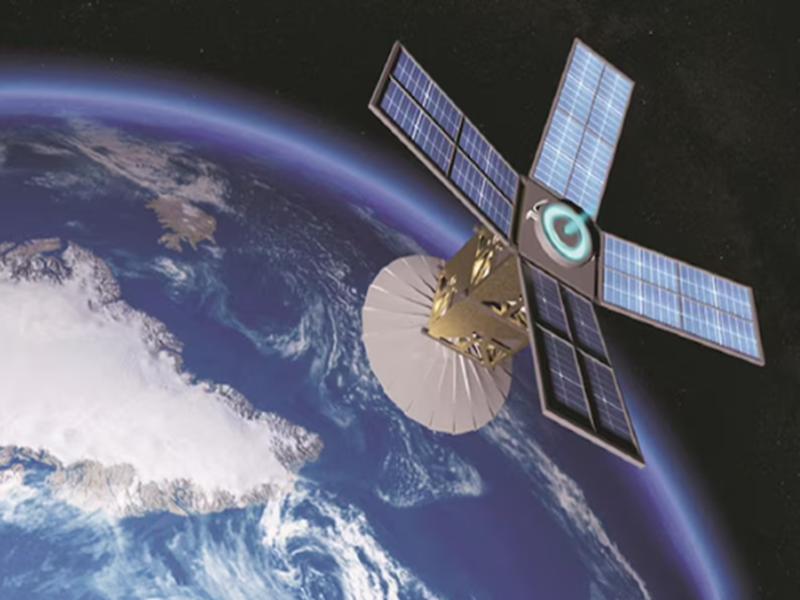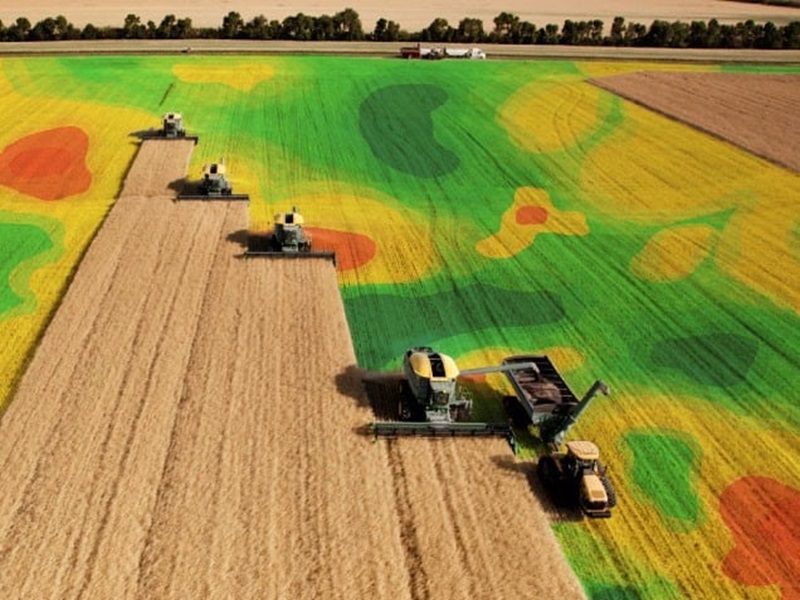Funding Acknowledgments
Welcome to DT AGRO
Spatially Explicit Digital Twin of the Greek Agro-Hydro-System
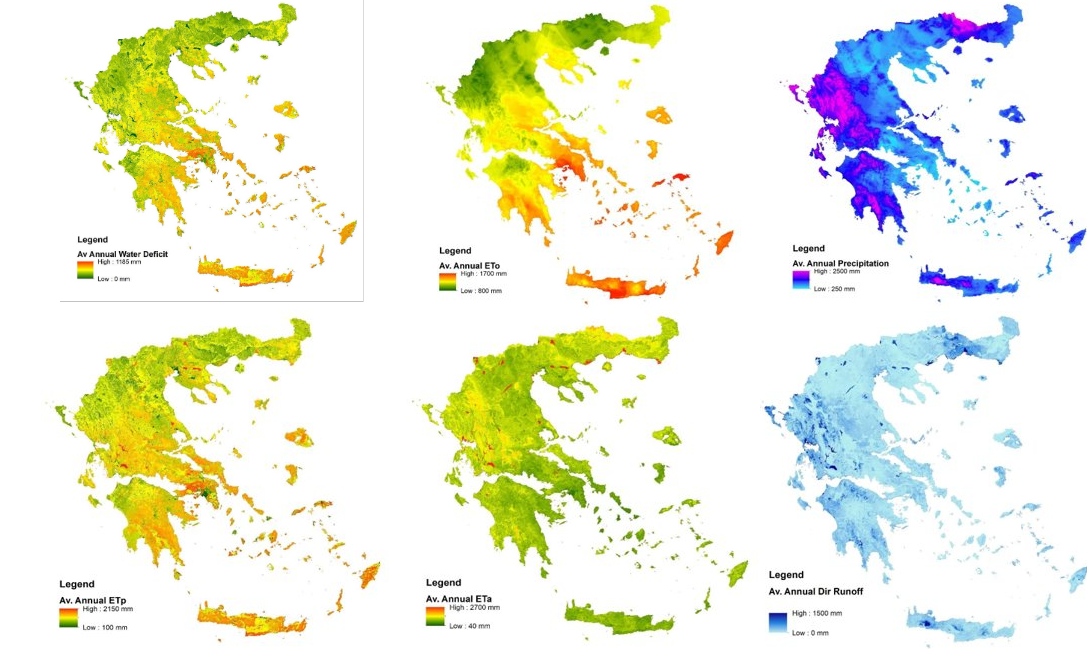
The project’s overarching idea is to exploit the extensive expertise and information from previous and ongoing research activities of the research team to develop a spatially explicit Digital Twin of the Greek agricultural and hydrological system (DT-Agro) that will act as an effective tool merging at various scales (from farm-parcel to regional and country scales) the main components of the water-soil-food-environment-energy nexus..
Read more about usMain Ambition
The main ambition of DT-Agro is to combine recent developments in the simulation of the various components of the Agro-Hydro-System and the recently available Earth Observation open data sources with novel approaches and scientific advances on digital twins to promote their use as operational tools in Agriculture.
Main Components
- Spatially distributed continuous hydrological modelling. Hydrological balance components will be simulated in interaction to agricultural activities.
- Agrohydrological modelling involving water flows and storages in the soil plant atmosphere continuum
- Crop growth - crop production in interaction with climatic, soil, and farming practices factors
- Vegetation dynamics for naturally vegetated areas and non-agricultural areas
- Carbon stocks and fluxes in agricultural and naturally vegetated / forested areas
- Nutrient balance with emphasis on agricultural land and grazing lands.
- Erosion and soil degradation
Impact
Scientific impact
Data and knowledge generated through DT-Agro will be openly available and utilized by the scientific community (academia, researchers, and students in agriculture, earth and environmental sciences) and enhance their research activities.
Economic impact
Improvement of production with reduced inputs will result in financial viability of agricultural production businesses. Productivity will be increased with reduced environmental footprints with farmers acquiring critical information for informed farm management decisions
Societal impact
Information from DT-Agro will enable governments and local offices to support and benefit the agricultural sector and will support farmers and policymakers in the transition to more sustainable and resilient land, water, and agroforestry systems
Climate action
DT-Agro will provide the means towards EU efforts to tackle climate change and environmental-related challenges (e.g., biodiversity loss, natural habitats alteration, ecosystems restoration, landscape degradation)
Work Packages - Deliverables
-

WP1 – Coordination and Management
Objectives: Effective Coordination and Management of the project. Description of Work: WP1 will deal with the overall financial, administrative, and operational management of the project
Read more -
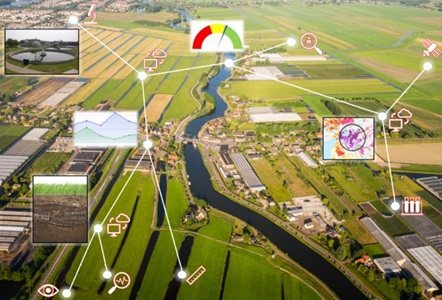
WP2 – Development of Digital Twin
Objectives: Evaluation, improvement, adaptation, and integration of algorithms for the various components and development of the Digital Twin, which is the core of DT-Agro. Description
Read more -

WP3 – Earth Observation
Description of Work: EO data sources and techniques relevant to the scope of DT-Agro will be identified and evaluated. Then data acquisition, processing, and input
Read more -
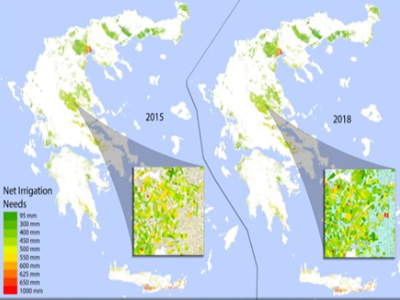
WP4 – Pilot application
Objectives: Pilot application of DT-Agro in Greece, calibration, validation and general evaluation of the digital twin, and assessment of historical and current conditions and future
Read more -
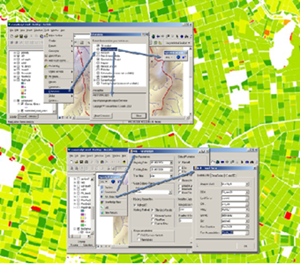
WP5 – Information Services
Objectives: Identification and adaptation of effective data analysis techniques for the utilization of the huge amounts of data originating from DT-Agro and earth observations. Analysis
Read more -
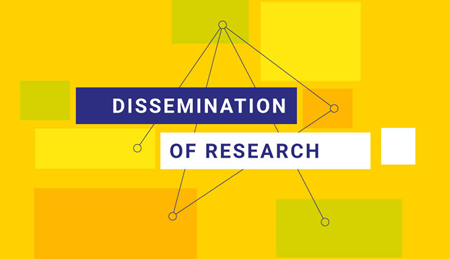
WP6 – Dissemination – Communication
Objectives: The main objective of this WP is to maximize the impact of the project and to enable the pathway of transition to digital and
Read more
-
Publication at Geosciences: Examination of empirical and Machine Learning methods for regression of missing or invalid solar radiation data using routine meteorological data as predictors
Read full publcation here: https://www.aimspress.com/article/10.3934/geosci.2024044?viewType Abstract Sensors are prone to malfunction, leading to blank or erroneous measurements that cannot be ignored in most practical applications. Therefore, data users are always looking for efficient methods to substitute missing values with accurate estimations. Traditionally, empirical methods have been used for this purpose, but with the increasing accessibility and effectiveness of Machine Learning (ML) methods, it is plausible that the former will be replaced by the latter. In this study, we aimed to provide some insights on the state of this question using the network of meteorological stations installed and operated by the GIS Research Unit of the Agricultural University of Athens in Nemea, Greece as a test site for the estimation of daily average solar radiation. Routine weather parameters from ten stations in a period spanning 1,548 days were collected, curated, and used for the training, calibration, and validation of different iterations of two empirical equations and three iterations each of Random Forest (RF) and Recurrent Neural Networks (RNN). The results indicated that while ML methods, and especially RNNs, are in general more accurate than their empirical counterparts, the investment in technical knowledge, time, and processing capacity they require for their implementation cannot constitute them as a panacea, as such selection for the best method is case-sensitive. Future research directions could include the examination of more location-specific models or the integration of readily available spatiotemporal indicators to increase model generalization.
Read more -
Publication: Assessing AgERA5 and MERRA-2 Global Climate Datasets for Small-Scale Agricultural Applications
Read the full publication here: https://www.mdpi.com/2073-4433/16/3/263 Abstract AgERA5 (ECMWF) is a relatively new climate dataset specifically designed for agricultural applications. MERRA-2 (NASA) is also used in agricultural applications; however, it was not specifically designed for this purpose. Despite the proven value of these datasets in assessing global climate patterns, their effectiveness in small-scale agricultural contexts remains unclear. This research aims to fill this gap by assessing the suitability and performance of AgERA5 and MERRA-2 in precision irrigation management, which is crucial for regions with limited ground data availability. The wine-making region of Nemea, Greece, with its complex and challenging terrain is used as a characteristic case study. The datasets are assessed for key weather variables and for irrigation planning, using detailed local meteorological station data as a reference. The results reveal that both products have serious limitations in small scale irrigation scheduling applications in contrast to what was reported in previous studies for other regions. The uneven performance of global datasets in different regions due to lack of sufficient observation data for reanalysis data calibration was also indicated. Comparing the two datasets, AgERA5 outperforms MERRA-2, especially in precipitation and reference evapotranspiration. MERRA-2 shows comparable potential in irrigation planning, as it occasionally matches or exceeds AgERA5’s performance. The study findings underscore the importance of evaluating metanalysis datasets in the application area before their use for precision agriculture, particularly in regions with complex topography.
Read more -
Publication at Soil Systems – November 2025
🌱📢Proud to share a 𝗻𝗲𝘄 𝗽𝘂𝗯𝗹𝗶𝗰𝗮𝘁𝗶𝗼𝗻 from the 𝗚𝗜𝗦 𝗥𝗲𝘀𝗲𝗮𝗿𝗰𝗵 𝗨𝗻𝗶𝘁 at the Agricultural University of Athens (gis.aua.gr) in 𝘚𝘰𝘪𝘭 𝘚𝘺𝘴𝘵𝘦𝘮𝘴! 𝘼𝙨𝙨𝙚𝙨𝙨𝙢𝙚𝙣𝙩 𝙤𝙛 𝙩𝙝𝙚 𝘼𝙘𝙘𝙪𝙧𝙖𝙘𝙮 𝙤𝙛 𝙄𝙎𝙍𝙄𝘾 𝙖𝙣𝙙 𝙀𝙎𝘿𝘼𝘾 𝙎𝙤𝙞𝙡 𝙏𝙚𝙭𝙩𝙪𝙧𝙚 𝘿𝙖𝙩𝙖 𝘾𝙤𝙢𝙥𝙖𝙧𝙚𝙙 𝙩𝙤 𝙩𝙝𝙚 𝙎𝙤𝙞𝙡 𝙈𝙖𝙥 𝙤𝙛 𝙂𝙧𝙚𝙚𝙘𝙚: 𝘼 𝙎𝙩𝙖𝙩𝙞𝙨𝙩𝙞𝙘𝙖𝙡 𝙖𝙣𝙙 𝙎𝙥𝙖𝙩𝙞𝙖𝙡 𝘼𝙥𝙥𝙧𝙤𝙖𝙘𝙝 𝙩𝙤 𝙄𝙙𝙚𝙣𝙩𝙞𝙛𝙮 𝙎𝙤𝙪𝙧𝙘𝙚𝙨 𝙤𝙛 𝘿𝙞𝙛𝙛𝙚𝙧𝙚𝙣𝙘𝙚𝙨 Our study evaluates global and European soil texture datasets against Greece’s national soil map (>10,000 samples). Results reveal significant discrepancies and low predictive accuracy, emphasizing the need for improved models in heterogeneous landscapes. Read the full article: https://lnkd.in/eyMyTmpP Authors: Stylianos Gerontidis, Konstantinos X. Soulis, Alexandros Stavropoulos, Evangelos Nikitakis, Dionissios P. Kalivas, Orestis Kairis, Dimitrios Kopanelis, Xenofon K. Soulis and Stergia Palli-Gravani
Read more


